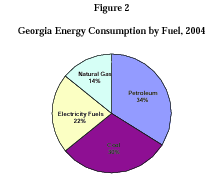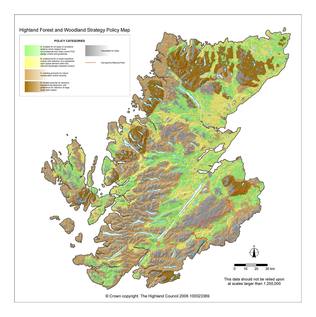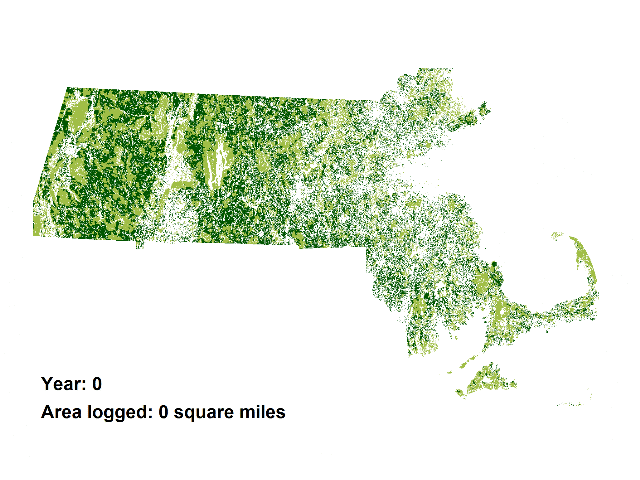 Solar power is the fastest growing industry in the world,
and south Georgia is an excellent place for it to grow
and produce jobs, with plenty of rooftops and parking lots
for solar panels.
Solar power is the fastest growing industry in the world,
and south Georgia is an excellent place for it to grow
and produce jobs, with plenty of rooftops and parking lots
for solar panels.
This is despite the misinformation people with vested interests in other energy sources put out about solar power. After Dr. Matthew Richard made some points about solar vs. biomass, one of the members of the 6 December 2010 panel that VLCIA spent more than $17,000 to assemble to defend biomass responded that he was in favor of the nearby 300kWatt solar plant, but: well, I’m going to interleave his buts with what he’s ignoring. Continue reading




